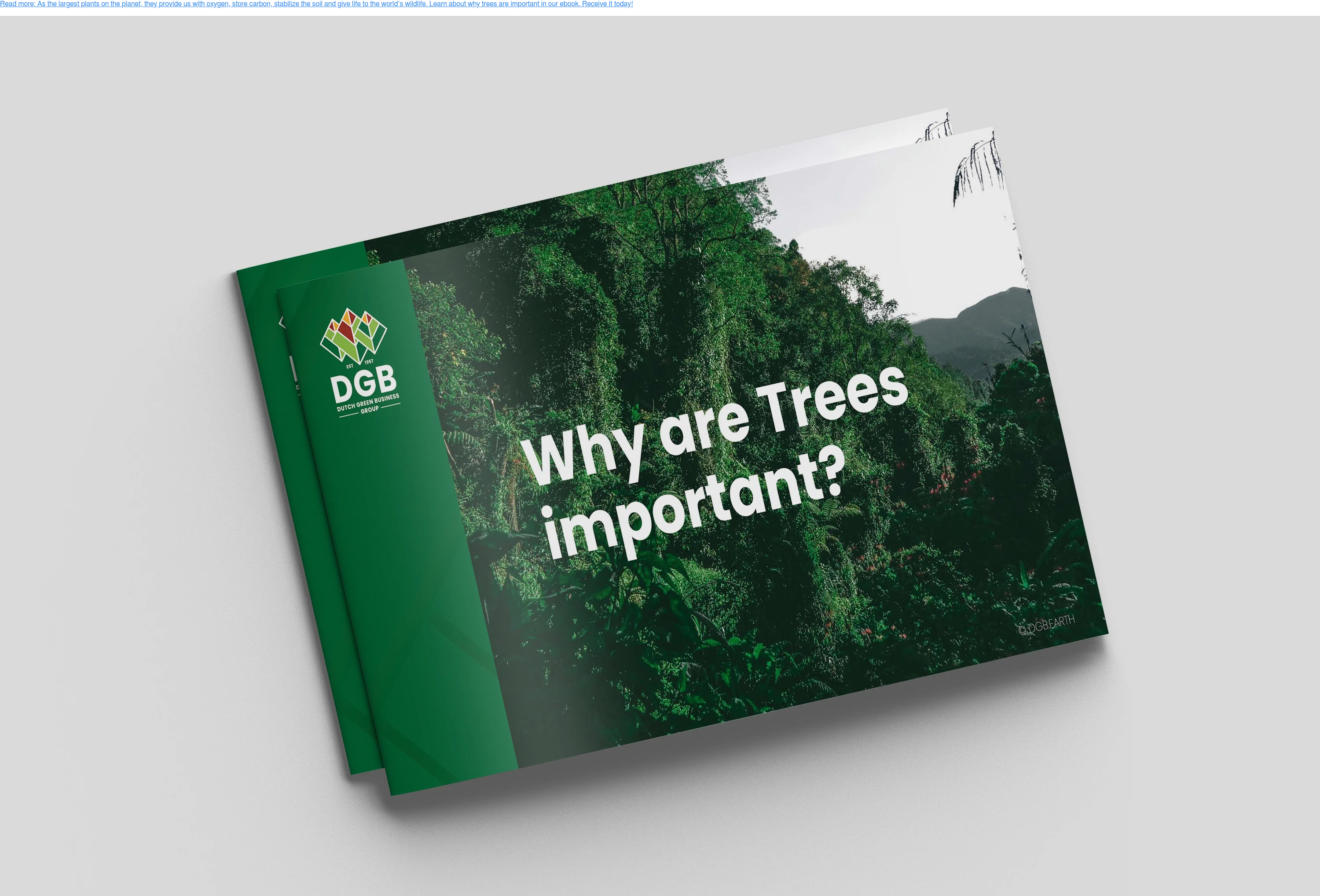We are living in an era where we are dealing with environmental problems every day. Amid this situation, several organisations are trying their best to mitigate the deadly effects of too much carbon emissions. Many countries are coming forward to solve these problems. As a result, an international environmental agreement was made. It is called the United Nations Framework Convention on Climate Change, the treaty is also known as UNFCCC. UNFCCC has moderated a process called REDD+. It stands for Reducing Emissions from Deforestation and Degradation. REDD+ plays an important role in the process of sustaining natural resources. If you don’t know what REDD+ is, you are in the right place. Here, we have made a brief overview of this process.

REDD+
If we consider the present situation, we will get to know that forest degradation and deforestation are the main causes of global warming. You might be surprised to know that there are many countries, such as Indonesia and Brazil, where forest degradation and deforestation have become the leading sources of greenhouse gas emissions.
However, the main objective of REDD+ is to cheer up the developing countries that are contributing to the process of mitigating greenhouse gas emissions. These countries are implementing various processes, such as reducing the emission of greenhouse gasses from forest degradation and deforestation by halting, reversing, and slowing forest degradation and forest loss. In addition to this, these countries are trying to mitigate greenhouse gas emissions from the atmosphere of the earth through forest conservation, forest management, and forest expansions.
Structure REDD+
Well, three phases are inextricably associated with the REDD+. These are as follows:
- Phase 1: Readiness
- Phase 2: Implementation of different strategies and plans
- Phase 3: Payments for results
Countries that want to associate themselves with REDD+ will have to make progress through these three phases.
Regarding phase 1, it is all about developing various actions plans or national strategies, capacity-building activities, measures, and policies. Phase 2 indicates the implementation of these national measures, policies, or the action plans that are prepared in phase 1. Phase 3 indicates the result-based actions that are completely verified, reported and measured.
REDD+ carbon offsetting
GCF, which stands for Green Climate Fund set up by UNFCCC. This is made to help the countries that are trying their best to reduce greenhouse gas emissions. REDD+ is actually a kind of financing model. It is made to reduce the emission of greenhouse gas from forest degradation and deforestation in developing countries. GCF is helping those countries that are enhancing their efficiency. GCF believes that there are scopes to support the adaptation that includes making the lifestyle of vulnerable people better, keeping the health of the people in good shape, enhancing the security of water and food, and improving the elasticity of the ecosystem services and ecosystems.
As of now, you have understood the important aspects related to REDD+. We hope that this article will be helpful for you.





